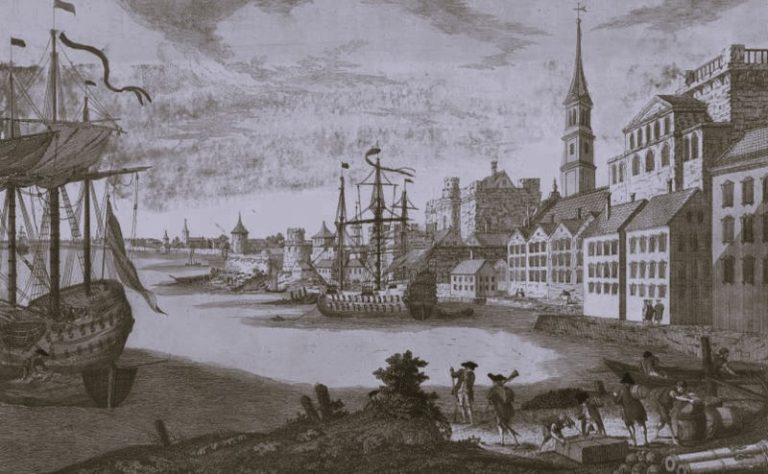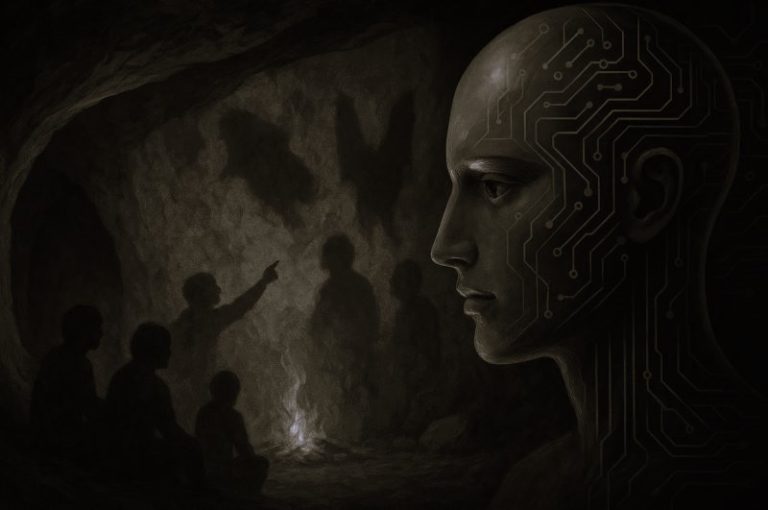
Every third European is a speaker of a Slavic language. By area, nearly half of Europe speaks Slavic. But who are the Slavic-speaking people by origin?

By Inga Külmoja
Content Creator and Senior Communication Specialist
University of Tartu
We know quite a bit about the Slavs from linguists, archaeologists, and historians. However, the advance of population genetics in recent decades adds a whole new dimension to the picture. The detailed genome analysis of the present-day populations reveals a lot about their ancestors and kinship.
The Great Migration – Slavs on the Move

In the first millennium, much of Europe was on the move. The internal crisis and barbarian invasions challenged the Western Roman Empire. Between 300 and 500 AD, Germanic tribes such as the Goths, Vandals, Angles, Saxons, and others gained control of most of the empire’s areas. Between 500 and 700, other tribes, including the Slavs, pushed Germanic people westwards.
Historical records suggest that a major Slavic expansion across Europe took place in approximately 500–1000 AD. As mentioned, in Central-West Europe it affected groups speaking Germanic languages. In Eastern Europe it affected areas previously occupied by Baltic, Finno-Ugric and Turkic speaking populations; and in the Balkans populations of diverse linguistic affiliation.
Linguistic reconstruction supports the migration timing suggested by historians. Namely, the diversification of the Slavic languages into East, West, and South Slavic occurred around 100 AD. Intensive further diversification and development of individual Slavic dialects started around 500 AD.
How Do Languages ‘Diverge’?

How does language diversification occur? Let us imagine that young, active people leave their native village and settle somewhere nearby. A new village is formed and people from there again expand to nearby places. In a matter of time, the language that people speak in these different villages develops somewhat differently, and we can say that people speak different dialects, or varieties, of the same language. At the point when people from far-away villages speaking different dialects do not understand each other any longer, we can say that the languages have diverged or split.
If we look at the most basic words in the diverged languages (say, ‘dog’, ‘blood’; personal pronouns like ‘me’, ‘you’; names of body parts; the verbs ‘to die’, ‘to drink’; etc.), then the less these words coincide, the older the split between the languages.
Unexpectedly for many Slavs, the closest to the Slavic languages are Baltic languages – Lithuanian and Latvian. There is a near consensus among linguists that the Baltic and Slavic languages stem from one common root which split into separate Slavic and Baltic branches around BC 1500. This Balto-Slavic language, in turn, stems from the Indo-European protolanguage that also gave birth to the present-day English, French, German, etc.
Genome-Scale Study of Balto-Slavic Populations
The “Slavicization” of Europe – dispersion of the Slavic languages – has raised the question as to what extent this recent cultural transformation within Europe affected its genetic landscape.
Numerous studies have addressed this question on a smaller scale; however, this was the first genome-scale study that focused on Balto-Slavic populations and variations in their three genetic systems: patrilineal (Y chromosome), matrilineal (mitochondrial DNA), and autosomal.
The international research team of geneticists and linguists was led by academician and University of Tartu Professor of Archaeogenetics Richard Villems and Oleg Balanovskiy of the Vavilov Institute of General Genetics in Russia.
The study shows that the majority of West and East Slavs inhabiting a rather large area that stretches from Poland in the west to the Volga River in the east are genetically quite homogeneous. In fact, it also appears that the genetic composition of Slavs does not differ significantly from that of their neighboring non-Slavic populations.
Genetic Map of the World and Europe
For the purpose of the study, researchers modeled the genetic heritage in Balto-Slavic populations. In their model, they assumed six ancestral populations (K = 6) for all living people. This model (click on the image to enlarge) is extremely useful in providing the context as to how genetically close or far different world populations are.

For instance, when you read that Russians from the northern region of the European part of Russia differ genetically from those living in central and southern Russia, then a quick glance at the genetic map will inform you that indeed, northern Russians share more of the k5 component that is common to their Finnic-speaking geographic neighbors. However, the other two ancestral components still prevail in their genomes as in the rest of Slavs: the dark blue (k3) and the light blue (k2), albeit in different proportions.
The yellow k5 component in the gene pool of Russians from northern Europe comes from the local pre-Slavic populations and shows that expanding Slavs mixed with indigenous populations. Researchers suggest that Slavic expansion to the north was predominantly a cultural penetration where indigenous Finno-Ugric populations shifted their language to Slavic.
As for the Baltic-speaking populations that are nowadays confined to Lithuania and Latvia, there is genetic and linguistic evidence showing that their spread zone formerly reached more eastward parts of the East European Plain. Genetically, this is supported by the closeness of Volga-Finnic Mordvins to the two Baltic-speaking populations. Linguistically, the rivers and lakes east of Latvia and Lithuania bear names of Baltic origin.
Again, it seems like the expansion of Slavs to the Baltic lands happened by cultural assimilation and language shift rather than by replacing a lot of indigenous populations physically. Genetic similarity between the Slavs and the Balts supports this view.
Interestingly, the orange k6 component, predominant among Han Chinese and abundant in Mongols and Altaians, is virtually absent in Russians. This suggests that the Asian share in North and Central Russian ancestry is due to contacts with North-Central Siberians rather than with South Siberians and Mongols.
East, West, and South Slavs
While in the global context Slavic-speaking populations are genetically relatively close to each other, we can still see some differences between the branches. Namely, the East Slavs are genetically most homogeneous, the West Slavs are a bit more differentiated, but East and West Slavs are much more similar to each other than they are to the South Slavs.
Moreover, the East and West Slavs are also genetically closer to their neighbours, including Baltic speakers and Estonians, than they are to South Slavs. The gene pool of South Slavs, who are confined to the geographically smaller Balkan Peninsula, also shows more internal differentiation.
Genetic Signals of Migration
One of the methods that geneticists used in this study is called IBD, identical by descent. Researchers compare the DNA of people from two different populations they want to compare (say, a Russian and an Estonian) and look for genome segments that are identical by descent, i.e. segments that are inherited from a common predecessor.
The bigger the number of shared segments, the closer the compared populations are. If the common predecessor lived many generations ago, the shared segments will be very short (i.e. broken up by many re-combinations). Similarly, the shared genome segments for brothers and sisters would be very long, forming almost a quarter of the chromosome length.
By using this method, the researchers found that South Slavs share a similar number of genome segments with East and West Slavs as they do with their non-Slavic neighbors. Again, this indicates that the main mechanism in the spread of Slavic languages was cultural diffusion rather than replacing indigenous populations physically.
How about the “Slavicization” of Europe?
One of the main authors of the article, Alena Kushniarevich from the Estonian Biocentre, summed up the findings of the study: “We do not see a strong genetic signal in genomes of modern Slavic speakers that would support massive movements of Slavs towards the Balkan peninsula during 700–800 AD. It seems that a major mechanism in the spread of Slavic languages was cultural transmission rather than physical replacement of indigenous people by the Slavs. On the other hand, fishing out genetic traces of historic migrations within Central and East Europe – a rather homogeneous and densely populated region – is not a trivial task”.
Additionally, we tend to assume that people who share the same or similar language also share a common culture; however, some archaeological evidence suggests that the material culture of different Slavic-speaking tribes varied substantially.
Considering the “Slavicization” of Europe, it is evident that we are talking about an extensive linguistic shift and not really a genetic transformation. How much of a deeper cultural shift accompanied the massive change in language and how uniform it was remains largely unclear due to scarce archaeological and historic evidence.
Originally published by the University of Tartu Blog under a Creative Commons license.







